Conclusion
Pros:
- Provides that full-frame look on an APS-C sensor with your Canon FD lenses
- Lens sharpness is predominantly retained, with excellent central sharpness and good edge sharpness with most lenses
- Bokeh of the original lens is preserved
- Color and contrast and the drawing style of the original lens is preserved
- Minimal chromatic aberrations introduced – a good performance here
- Excellent construction and included removable tripod foot
Cons:
- Edges are a little softer with many lenses
- Barrel distortion is added to wider and normal focal length lenses
- Due to pixel shading, ultra-fast aperture lenses won’t get the exposure benefit of the faster speed (though optical characteristics are unaffected)
- A little expensive
Metabones has really created an excellent adapter here. Being able to shoot with a range of full frame lenses on an APS-C camera and get the original field of view and depth of field, while gaining a stop of light in exposure is a phenomenal feat. The fact that the optics in the Speed Booster allow you to do this with similar performance to the bare lens is extremely impressive.
While there is a little softening of detail in the outer portions of the frame with most lenses, there is still enough detail in most circumstances (with a good lens) that the results are still eminently usable. Some lenses work better with the Speed Booster than others, but all work acceptably, provided the source lens is of good quality. The only lens I tried that performed horribly was a mediocre Vivitar 28mm f/2.8. As a reference point, I used the Canon FD 35mm f/2, 50mm f/1.4, 50mm f/1.4 SSC, FL 55mm f/1.2, 85mm f/1.8, 135mm f/2, 200mm f/2.8, 70-210mm f/4 and 50-300mm f/4.5L. Of these, the FL 55mm f/1.2 and 135mm f/2 worked the absolute best, with the others all working acceptably well, though the 50-300mm did experience mechanical vignetting at all focal lengths.
As mentioned earlier, if you are using the Speed Booster with faster aperture lenses, it is absolutely worth the extra cost over the Zhongyi Lens Turbo, though the absolute cost of the Speed Booster is still a little higher than I’d like. All things considered, however, the Speed Booster is an amazing little accessory that can be wonderful for getting that full-frame look on your mirrorless camera. Highly recommended!
Image Samples
Click to enlarge an image. You may notice that these samples are almost all taken wide open. Why, you may ask? Because the Speed Booster, in my opinion, is most useful for getting shallow depth of field that is otherwise difficult or impossible to do on smaller formats. If you do want to turn your X-E1 in to a digital Canon A-E1, it does work well for all sorts of shooting.

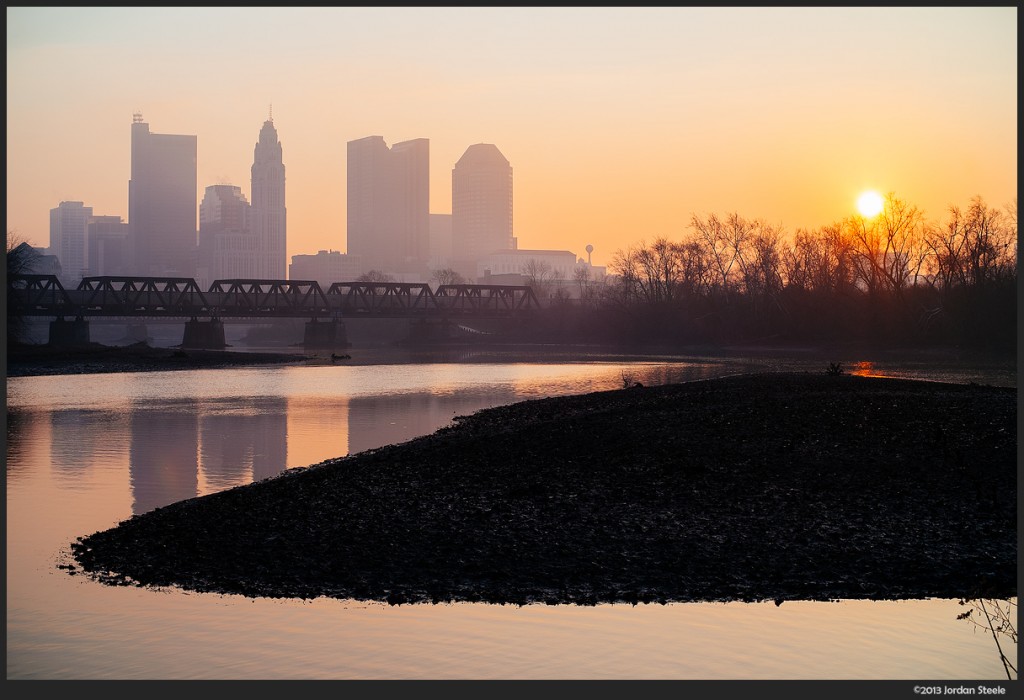
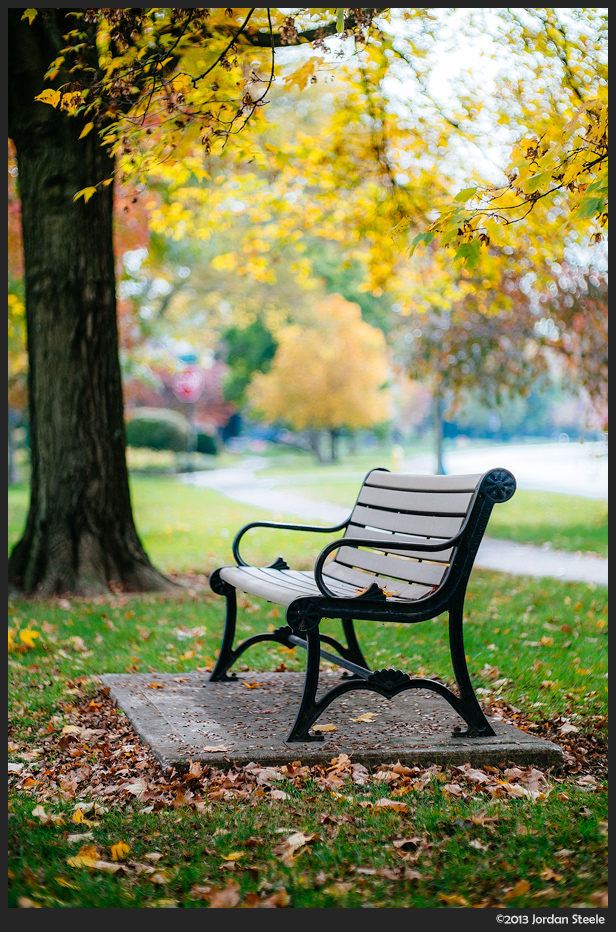


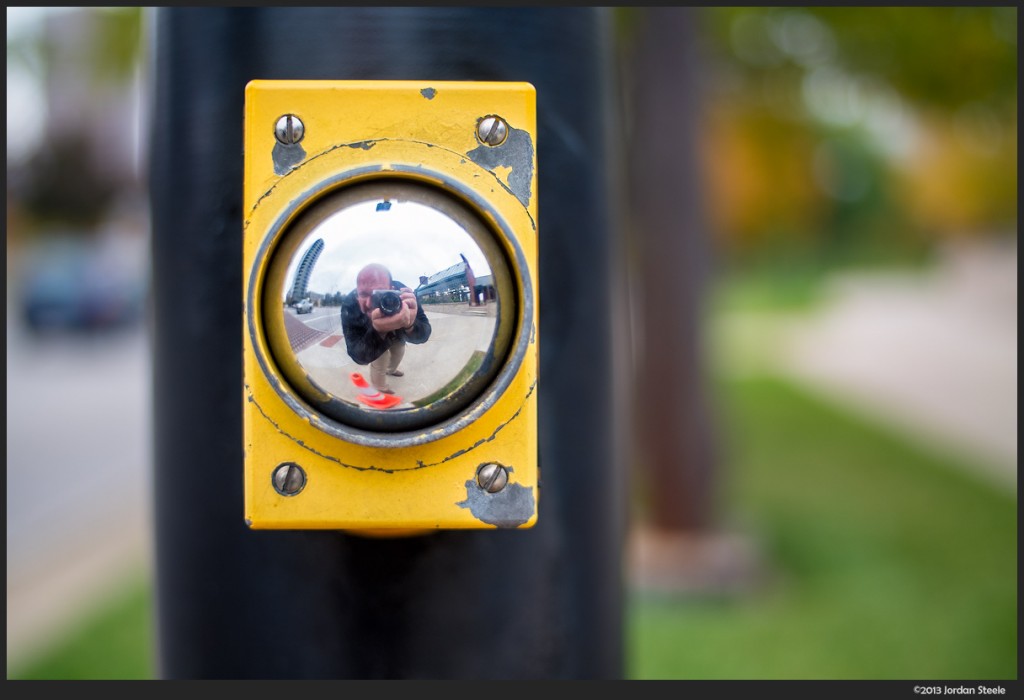

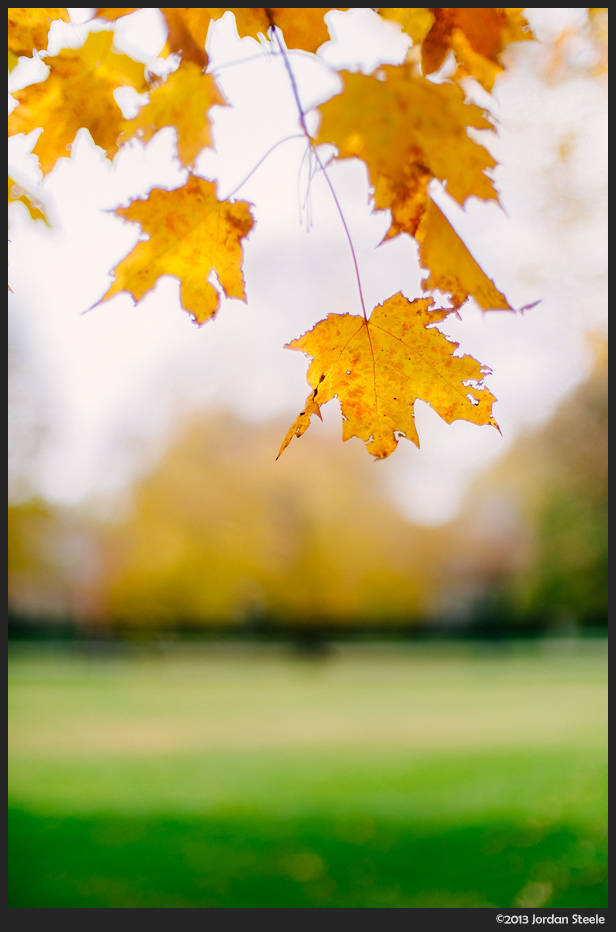

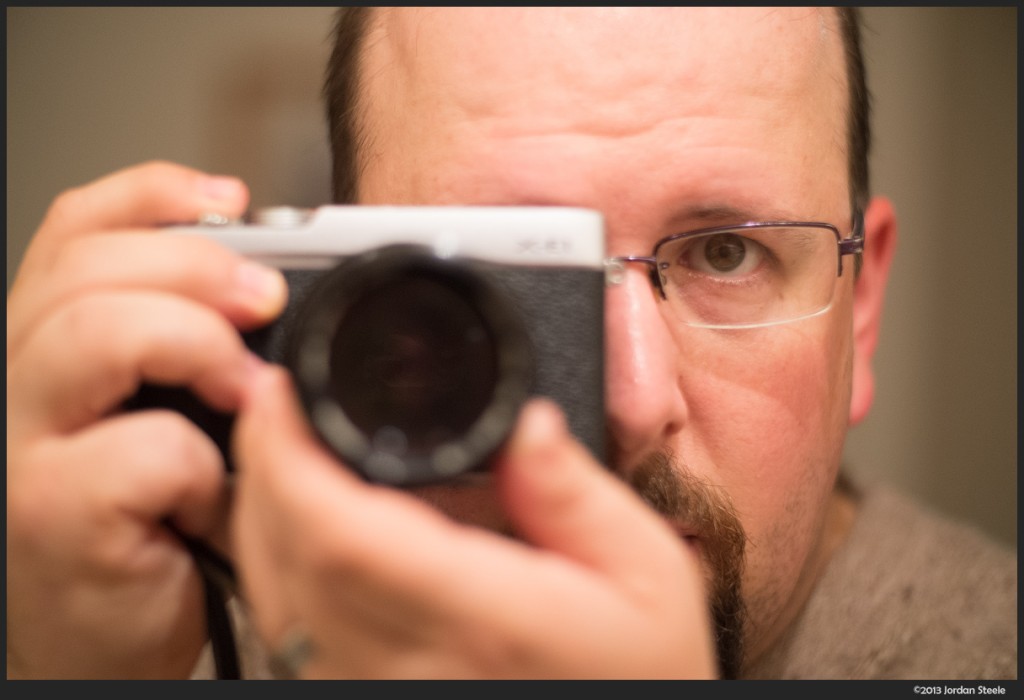

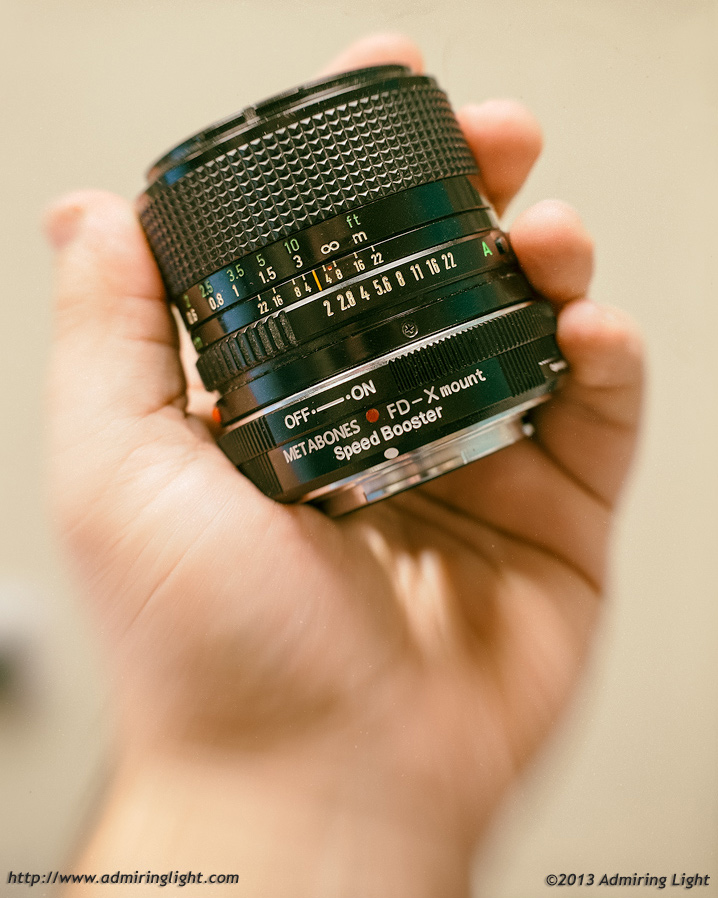




Leave a Reply